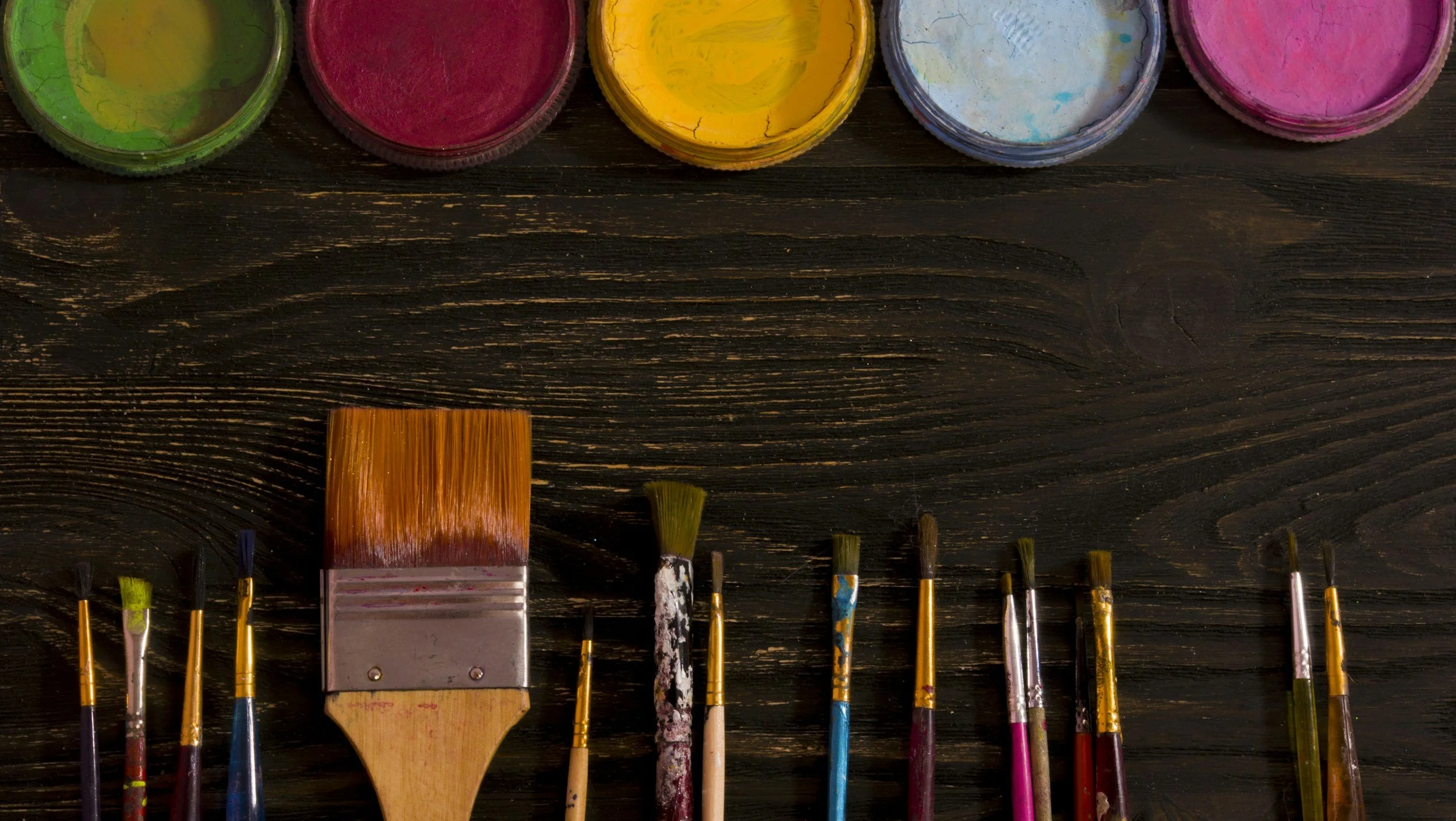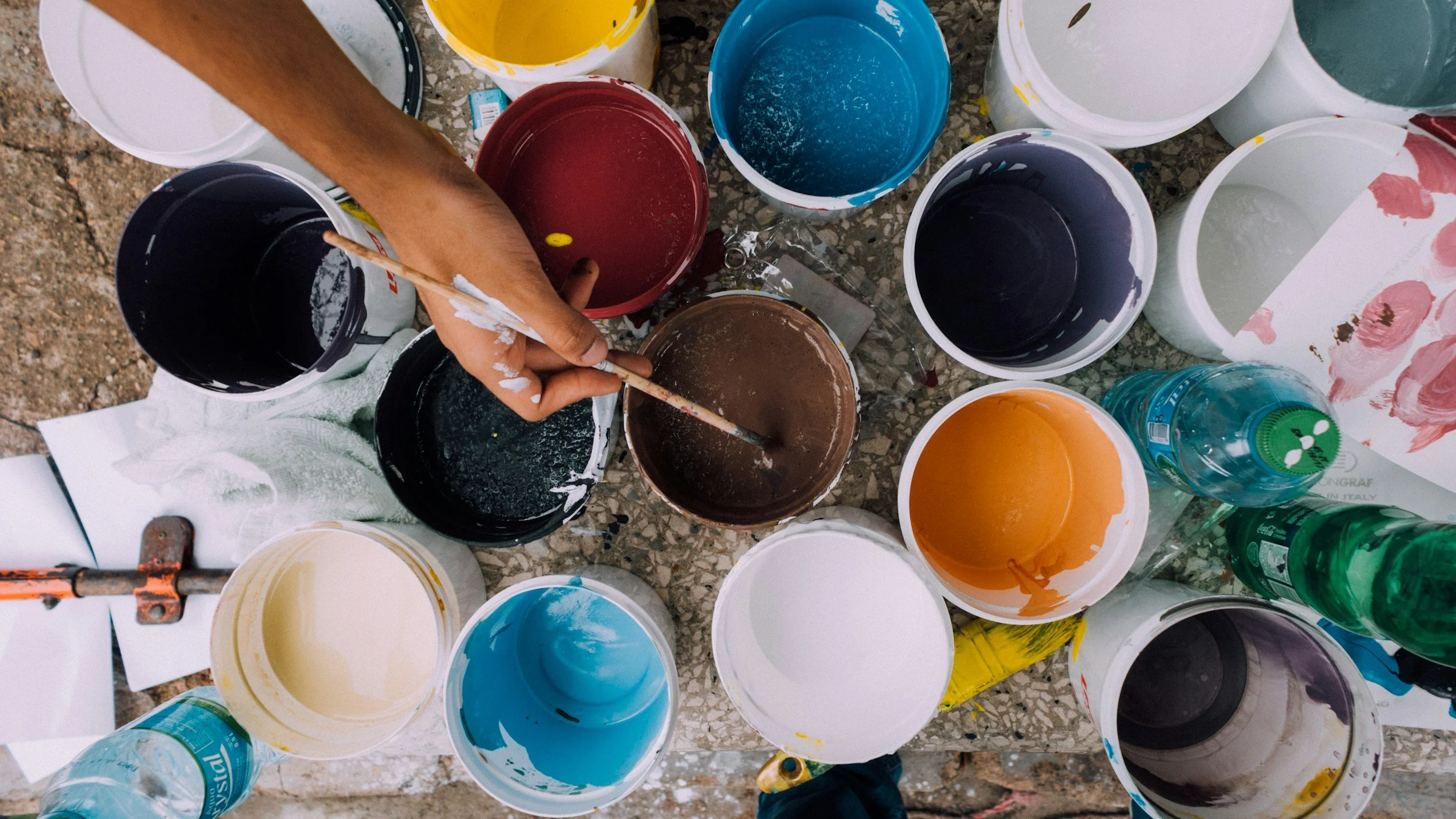
About Art Therapy
Art therapy is a mental health profession that focuses on the creative process (not the product!) to facilitate change, growth, and healing.
“Art is an irreplaceable way of understanding and expressing the world.”
What is Art Therapy?
According to the American Art Therapy Association (AATA), “Art Therapy is an integrative mental health and human services profession that enriches the lives of individuals, families, and communities through active art-making, creative process, applied psychological theory, and human experience within a psychotherapeutic relationship.
Art Therapy, facilitated by a professional art therapist, effectively supports personal and relational treatment goals as well as community concerns. Art Therapy is used to improve cognitive and sensory-motor functions, foster self-esteem and self-awareness, cultivate emotional resilience, promote insight, enhance social skills, reduce and resolve conflicts and distress, and advance societal and ecological change.”
Who Are Art Therapists?
“Art therapists are master-level clinicians who work with people of all ages across a broad spectrum of practice. Guided by ethical standards and scope of practice, their education and supervised training prepares them for culturally proficient work with diverse populations in a variety of settings. Honoring individuals’ values and beliefs, art therapists work with people who are challenged with medical and mental health problems, as well as individuals seeking emotional, creative, and spiritual growth.
Through integrative methods, art therapy engages the mind, body, and spirit in ways that are distinct from verbal articulation alone. Kinesthetic, sensory, perceptual, and symbolic opportunities invite alternative modes of receptive and expressive communication, which can circumvent the limitations of language. Visual and symbolic expression gives voice to experience, and empowers individual, communal, and societal transformation.” (AATA)
Art therapists undergo rigorous and specific graduate and post-graduate training. Non-art therapists may offer casual artmaking and self-care activities to clients, but it is unethical and potentially unsafe to claim that one is practicing art therapy without proper training or licensure.
Who is Art Therapy For?
Art therapy is appropriate for anyone! Common myths are that art therapy is only for children or that you have to have at least some art training or understanding of fine art. Since art therapy focuses on the process of creating, not the product, it doesn’t require any special skills or knowledge.
“No matter what your age or your life path, whether making art is your career or your hobby or your dream, it is not too late or too egotistical or too selfish or too silly to work on your creativity.”
― Julia Cameron
Art Therapy has been shown to:
Lower cortisol and heart rate
Process and integrate trauma and grief
Decrease anxiety and pain
Build resilience and flexibility
Offer ego support and strengthening
Promote identity formation and/or recalibration
Increase emotional regulation
Improve coping skills
Increase insight and self-awareness
Promote healthy attachment
